- Ceylon Grocery
Oops, looks that mega-menu was not imported correctly. Go to Appearance > Menus > edit menu and use the 8theme menu options to select the Static Block for this menu item and show the mega-menu content
- Ceylon Spicy
Oops, looks that mega-menu was not imported correctly. Go to Appearance > Menus > edit menu and use the 8theme menu options to select the Static Block for this menu item and show the mega-menu content
- Decor and appliance
Oops, looks that mega-menu was not imported correctly. Go to Appearance > Menus > edit menu and use the 8theme menu options to select the Static Block for this menu item and show the mega-menu content
- Health & Wellness
- Beauty and Care
- Ceylon Fashion
- Ceylon Instruments
Oops, looks that mega-menu was not imported correctly. Go to Appearance > Menus > edit menu and use the 8theme menu options to select the Static Block for this menu item and show the mega-menu content
- SL innovations
- Dashboard
- Store List
- My Orders
- Show more
No products in the cart.
Return To ShopYou may be interested in…
Lasia Roots (Kohila Ala)
$17.50 – $68.34
Organic Dried Lasia spinosa (Kohila Ala)
Lasia spinosa (L.) is used ethnobotanically for the treatment of various diseases, including rheumatoid arthritis, inflammation of the lungs, bleeding cough, hemorrhoids, intestinal diseases, stomach pain, and uterine cancer. A superior quality Dehydrated Lasia Root (Kohila Ala) for an authentic Taste, Aroma and Colour of Sri Lankan cuisine. Carefully selected, dehydrated and packed with all the goodness and impressive health benefits of superior quality Lasia Roots (Kohila Ala) naturally contain.


What is the nutritional value of Lasia spinosa?
| Lasia Quick Facts | |
|---|---|
| Name: | Lasia |
| Scientific Name: | Lasia spinosa |
| Origin | Indian subcontinent to Malesia across East Asia. It is naturally distributed in Eastern Asia, Indian subcontinent, Indo-China and Malesia |
| Shapes | Hard, rough surfaced fruits are borne on the axis of the inflorescence |
| Taste | Sweet and slightly astringent (Leaves) |
| Health benefits | Support for lympho-tuberculosis, lymphonoditis, stomach aches, snake and insect bites, injuries, rheumatism, piles, sore throat, bleeding cough and hemorrhoids |
A large, spiny marsh plant in the genus Lasia Lour and family Araceae known scientifically as Lasia spinosa The plant originated in Malesia, East Asia, and the Indian subcontinent. It is normally appropriated in Eastern Asia (China, Taiwan), Indian subcontinent (Bangladesh, Bhutan, India, Nepal, Sri Lanka), Indo-China (Cambodia, Laos, Myanmar, Thailand, Vietnam) and Malesia (Indonesia, Malaysia, Papua New Guinea). Saru in Manipuri, Kohila/Mahakohila/Engilikohila in Sri Lanka, Zawangzang in Mizoram, and Laksmana in Sanskrit are all common names for it. Not many of the well known normal names of the plant are geli, Bekil, Barbed Lasia, Lasia, Pimply lasia and Unicorn plant.
The wild plant is harvested for its edible leaves and numerous medicinal applications. Along the edges of ponds, it is also sometimes grown as a vegetable crop. Customary, natural, and Ayurvedic medication contain a significant and esteemed type of treatment for different sicknesses and conditions in various areas all around the world from the very start of human civilization on The planet. For a very long time, a number of plants and the preparations of those plants were used for a variety of therapeutic purposes. Traditional, herbal, and Ayurvedic medicine are the oldest systems of treatment to have been established.
Lasia Facts
| Name | Lasia |
|---|---|
| Scientific Name | Lasia spinosa |
| Native | Indian subcontinent to Malesia across East Asia. It is naturally distributed in Eastern Asia (China, Taiwan), Indian subcontinent (Bangladesh, Bhutan, India, Nepal, Sri Lanka), Indo-China (Cambodia, Laos, Myanmar, Thailand, Vietnam) and Malesia (Indonesia, Malaysia, Papua New Guinea) |
| Common Names | Geli-geli, Bekil, Spiny Lasia, Lasia, Pimply lasia, Unicorn plant |
| Name in Other Languages | Assamese: Chengmora, Seng-mora, Kanta-kochu, La-ghatua, sibru Bengali: Kantakachu, Kattosh Bodo: Chibru Chinese: Toge imo (刺芋), Shān lián ǒu (山莲藕) English: Lasia, Pimply lasia, Unicorn plant, geli geli, spiny lasia Hindi: Indiver Kand Japanese: Rashia supinosa (ラシア・スピノサ) Laos: pak norm Malay: Ngambing, Sambeng, Geli Geli, Keladi Keris Manipuri: Janum Saru Mizoram: Zawangzang Sanskrit: Laksmana Sinhalese: Kohila (කොහිල ), Maha kohila (මහ කොහිල), Engili kohila Tamil: Mulasari Thai: Phak haam (ผักหาม), Phak naam (ผักนาม) Vietnamese: Chóc gai, Cừa, Móp , Ráy gai |
| Plant Growth Habit | Large, spiny, evergreen, herbaceous perennial plant |
| Growing Climates | Primary Rainforest, Freshwater Swamp Forest, Riverine, Freshwater Pond, Lake, River, riverbanks, ditches, moist places in tropical and subtropical forests, sometimes cultivated along fish ponds and rice fields |
| Soil | Grows best in waterlogged soil that is rich in nutrients |
| Plant Size | Up to 1.5 m tall |
| Stem | Long creeping and stoloniferous, erect or ascending, ca. 2.5cm in diam., internodes with stout prickles |
| Leaf | Alternate, long- and spiky-stalked leaves have broad leaf blades that are arrow-shaped and 20-30 cm long when young. The leaves are divided into 4-8 pairs of lance-shaped lobes up to 4 cm wide when mature |
| Flowering season | Jul–Sep |
| Flower | Flowers are borne on a yellow or brown, up to 4 cm long, flowering shoot that is enclosed by a 35-40 cm long, modified leaf (spathe) that is purplish on the outside and greenish inside |
| Fruit Shape & Size | Hard, rough surfaced fruits are borne on the axis of the inflorescence |
| Propagation | By seed or division of the underground stem |
| Taste | Sweet and slightly astringent (Leaves) |
| Plant Parts Used | Root, Stem, Young leaves, Tubers |
Features:
No counterfeit fixings, varieties or flavors
Ideal for making of scrumptious Lasia Root Curry.
Additionally, this plant is suggested for use in the treatment of a sore throat, constipation, blood purification, lung inflammation, bleeding cough, and the uterus.
The tall, marshy Lasia spinosa, also known as kohila in the local language, has a creeping, spiny rhizome. The delicate leaves and rhizomes are utilized as a vegetable and are suggested for different illnesses in Ayurvedic medication. The current review was done to decide the absolute cancer prevention agent movement of Lasia spinosa rhizome and the commitment to cell reinforcement action from the polyphenol division and ascorbic corrosive and the dietary fiber content (insoluble and solvent). Lasia spinosa rhizomes (01-6) were obtained from six distinct markets in the vicinity of the university.
The study revealed that the Lasia rhizome possessed a wide range of antioxidant properties. On a wet weight basis, total antioxidant activity ranged from 145.0 to 957.0 |mol/g TEAC. Between 14 and 48 percent of the antioxidant activity was contributed by polyphenols. Ascorbic acid, along with polyphenols, contributes 34 percent to 56 percent of the antioxidant activity overall. The rhizome is a rich wellspring of dietary fiber with 40% – 75% of complete dietary fiber on dry weight premise, (7.2% – 7.5% on new weight premise) comprising 35% – 60% and 4% – 18% of insoluble and solvent fiber individually. Since Lasia sp. inosa is a rich source of dietary fiber that helps reduce the negative effects of a variety of diseases, the aforementioned antioxidants may function independently or in conjunction with fiber. Because of its antioxidant and dietary fiber content, kohila rhizome can be considered an important functional food.
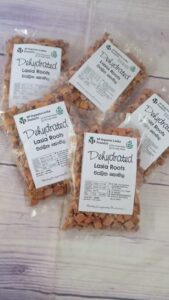
Kohila (Lasia) Kebab Skewers Recipes
I tried a few different approaches to perfect these while also making sure they had the right flavor and texture. The first time I tried, the middle of the cubes remained raw and hard after I cooked them. I did what only a rational person would do: I sought guidance from a dependable source. MAAA THESE THINGS AREN’T COOKING RIGHT!!! My mother recommended I ought to absorb them saltwater prior to getting ready which assists make them with offering. The issue is solved. Likewise, another choice, to place the 3D squares in the liner for 05-10 minutes prior to getting ready to marinade.
Ingredients
- 02 medium-sized lasia spinosa roots
- 03 medium-sized bell peppers (in different colors)
- 01 large onion
- 1/2 cup of zucchini
- 05 – 06 tbsp of curd
- 1/2 tsp of turmeric
- 01 tsp of masala powder
- 1/2 tsp of lemon salt
- 01 tsp of salt
- 1/2 tsp of pepper
- 01 tsp of garlic powder
- 01 tsp of onion powder
- 01 tsp of chili powder or paprika
- 1/2 tsp of liquid smoke
- 01 tsp of soy sauce
- 1/2 a lime
Tips
- Make sure you soak the lasia cubes in saltwater as it helps them to soften them which in return helps to cook them faster.
- If you don’t want to spend more time grilling these skewers, then make sure you steam the lasia cubes for 05-10 minutes in a steamer so its gets par-cooked which in return takes less time to cook through when grilling.

Vegetables prepared for grilling
Method
- Wash all the veggies and cut them into 01-inch size cubes/chunks and set aside.
- Add about 02 cups of water to a bowl and add 01 tbsp of salt and soak the lasia cubes for 10-15 minutes.
- After 15 minutes take the lasia cubes out and leave them on a kitchen towel and pat them dry to reduce the moisture.
- Add curd into a large mixing bowl and mix until it becomes creamy in consistency, then add turmeric, masala powder, lemon salt, salt, pepper, chill powder, garlic powder, onion powder, soy sauce, and liquid smoke and mix again combining everything evenly.
- Add the lasia cubes and vegetables and mix until everything is well coated with the marinade sauce. Cover the bowl and let it sit for 20-30 minutes to absorb all the flavors.
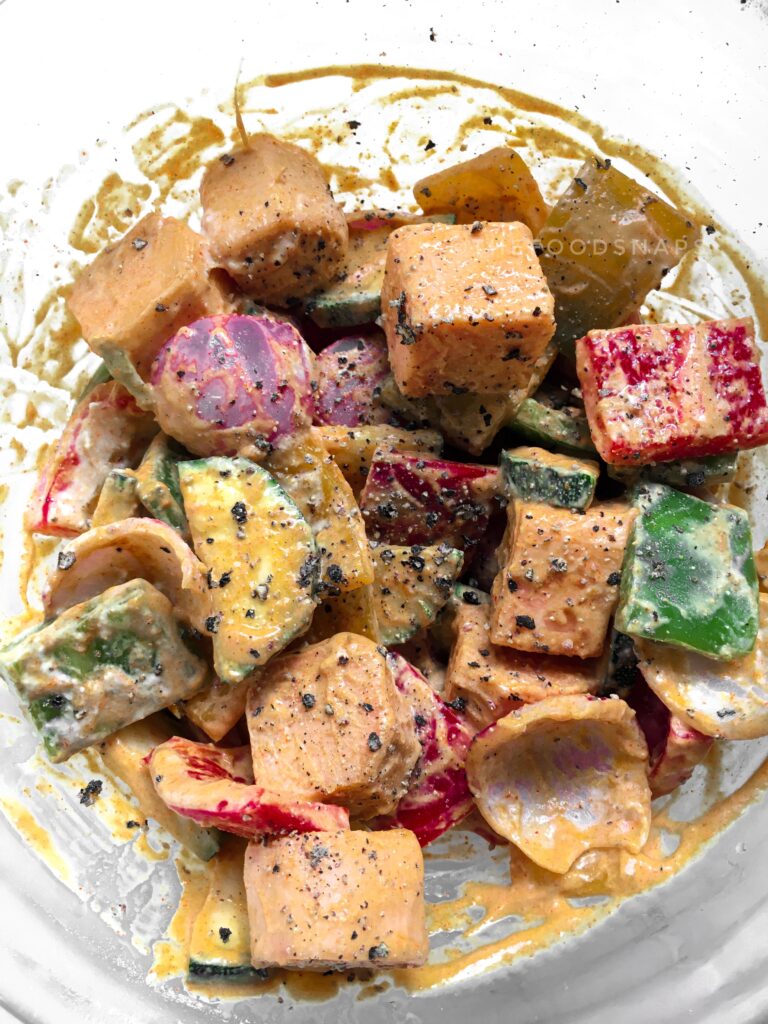
Vegetables prepared for grilling
- Presently how about we plan for barbecuing; take the sticks and orchestrate the lasia solid shapes and veggies as you like (ensure you stir up the veggies while organizing them in sticks to look pretty. All things considered, we eat with our eyes first!
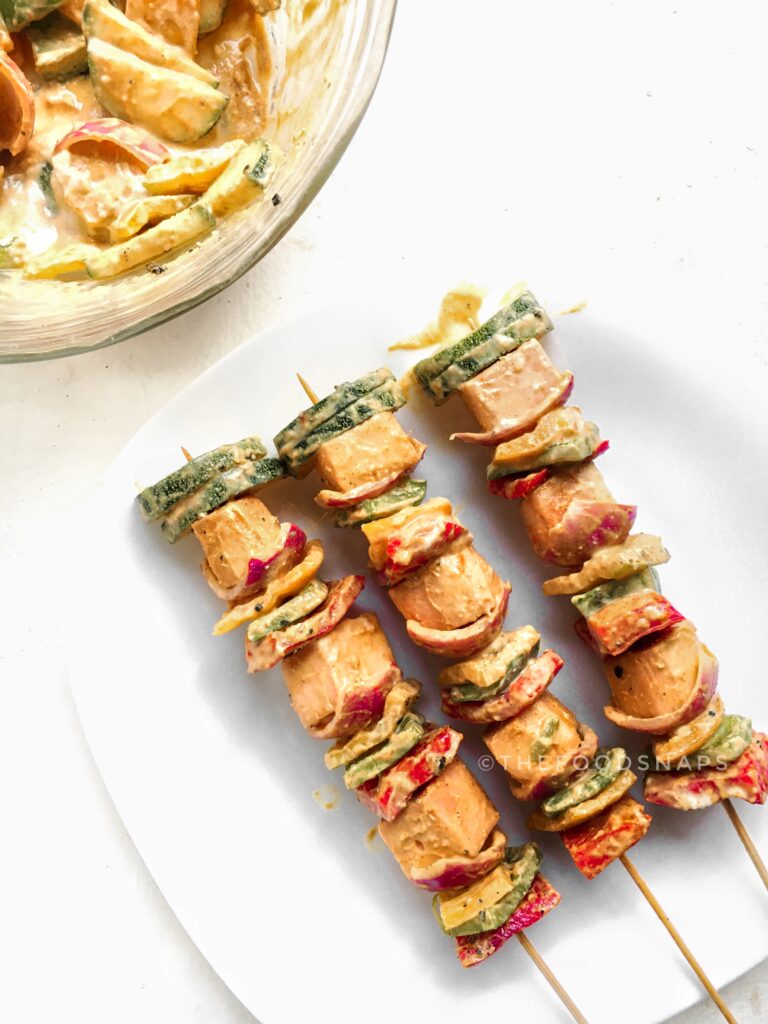
Vegetables prepared for grilling
- Grill up! Heat a barbecue skillet or non-stick container on medium intensity and apply some oil on a superficial level. Once heated, place the skewers on the grill pan and cook, turning once, until golden on both sides for 20 to 30 minutes (covered). To cook each side evenly, make sure to turn them around from time to time.
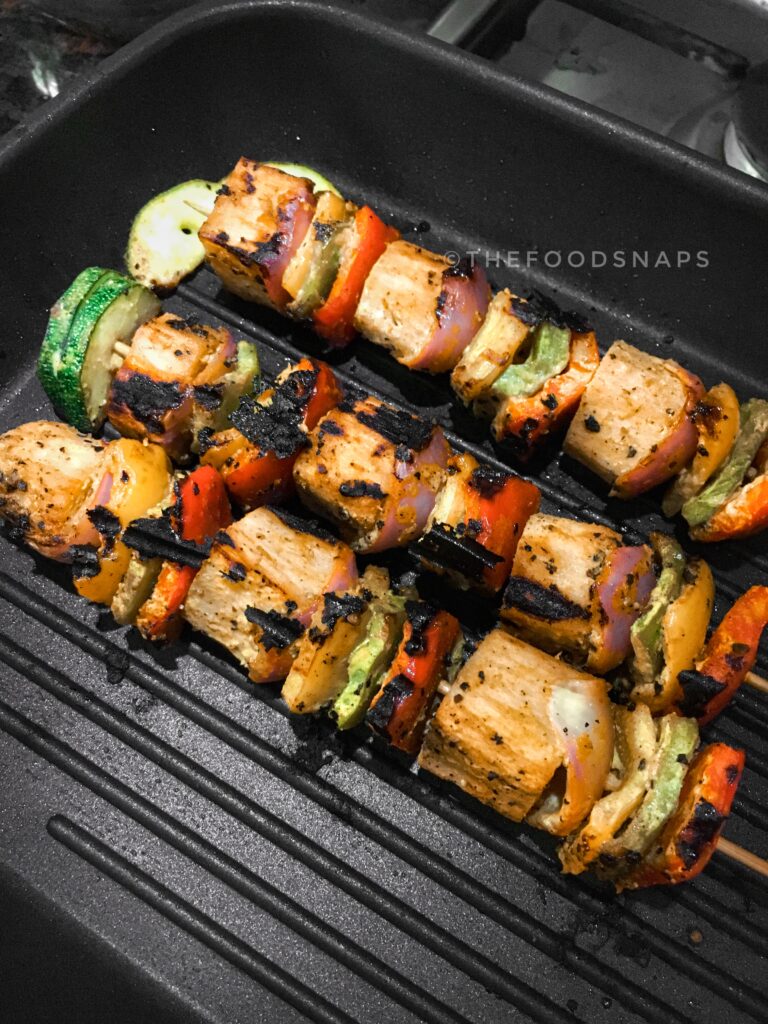
Grilling
- Let’s plate, place the grilled skewers on a plate, and garnish with some coriander leaves or mint and lemon.
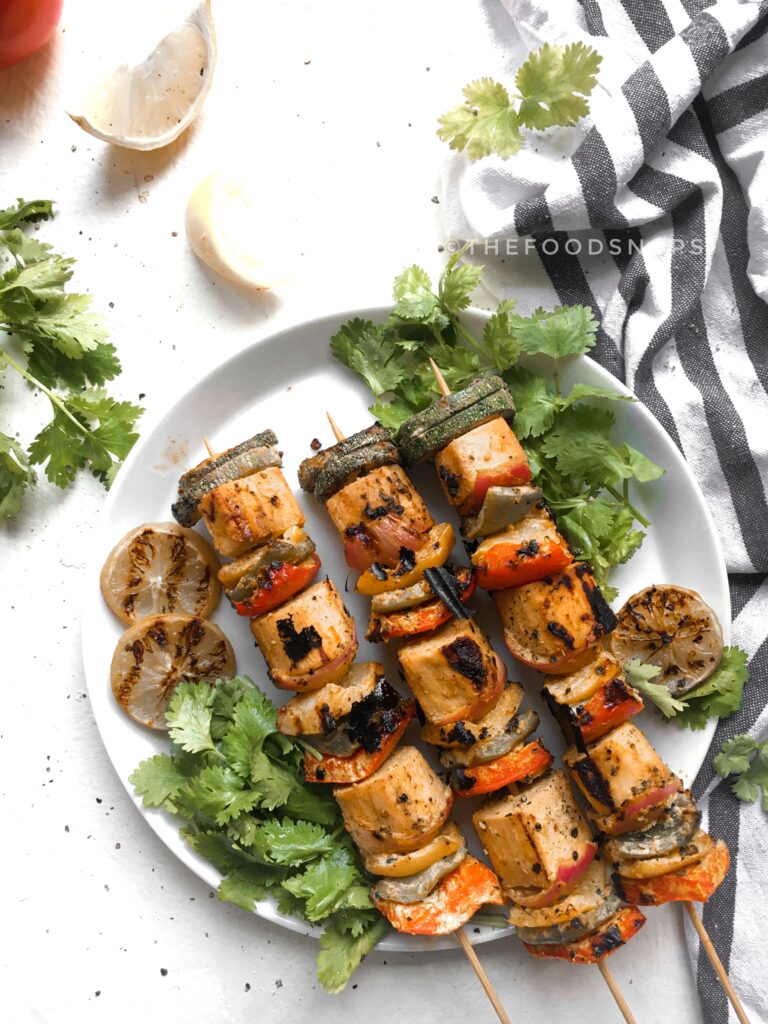
Kohila (Lasia) Kebab Skewers
| Weight | N/A |
|---|---|
| Weight | 1kg, 400g, 500g, 800g |
General Inquiries
There are no inquiries yet.
You must be logged in to post a review.
Related products
Dried Organic Sweet Jackfruit (Artocarpus heteroph...


DHL Shipping Worldwide

Guaranteed Money Back in 7 days return.

3 Day Returns in case u change your mind.
$8.07
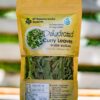

$18.23 – $72.02

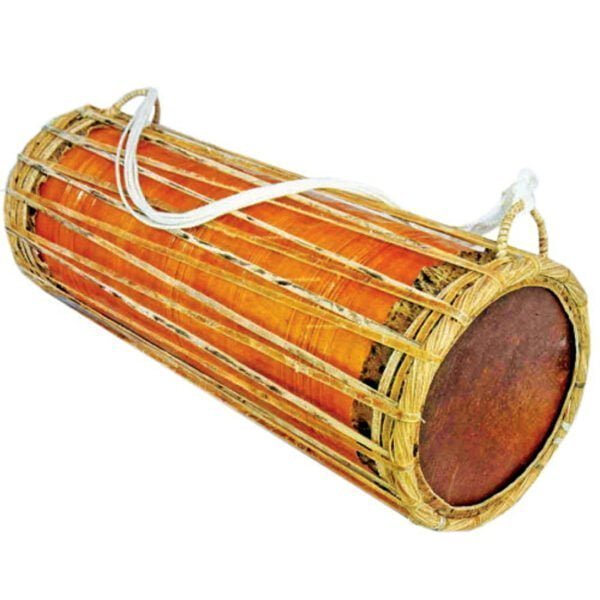
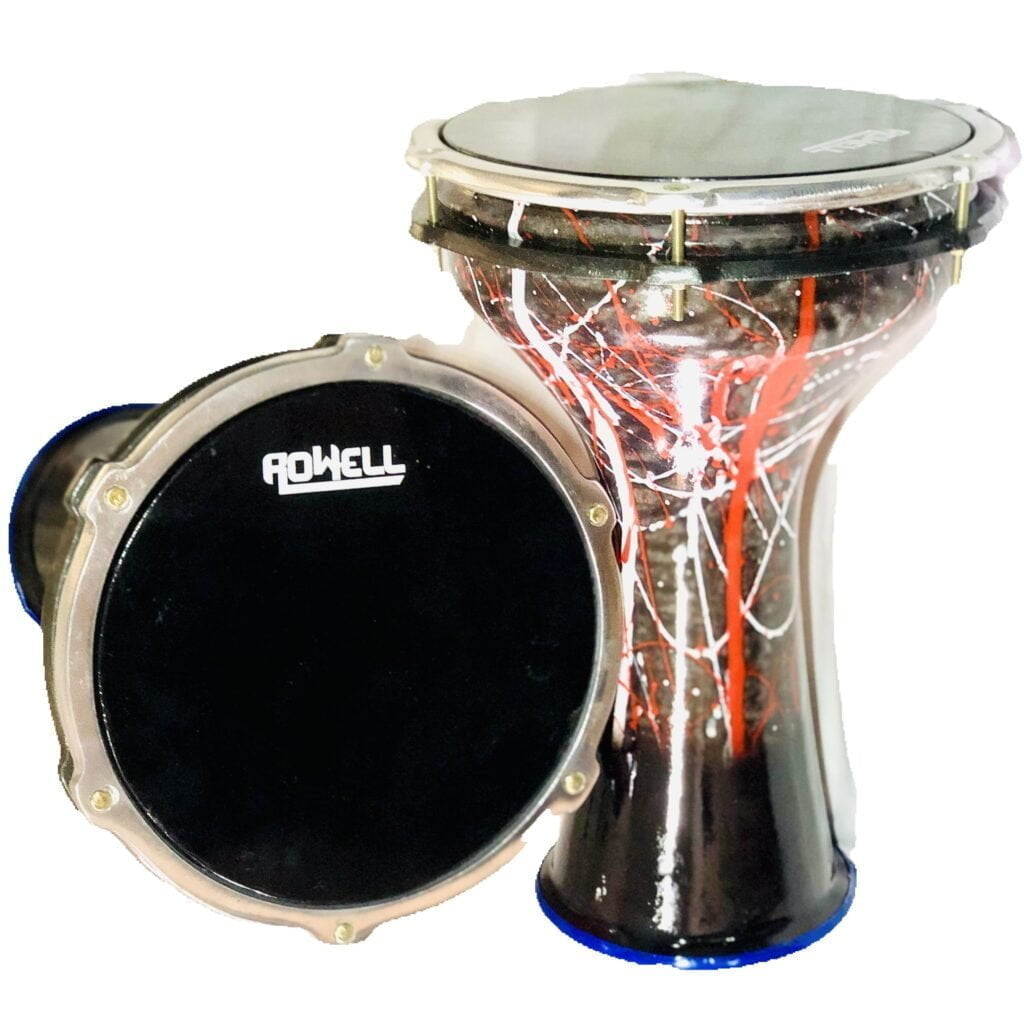



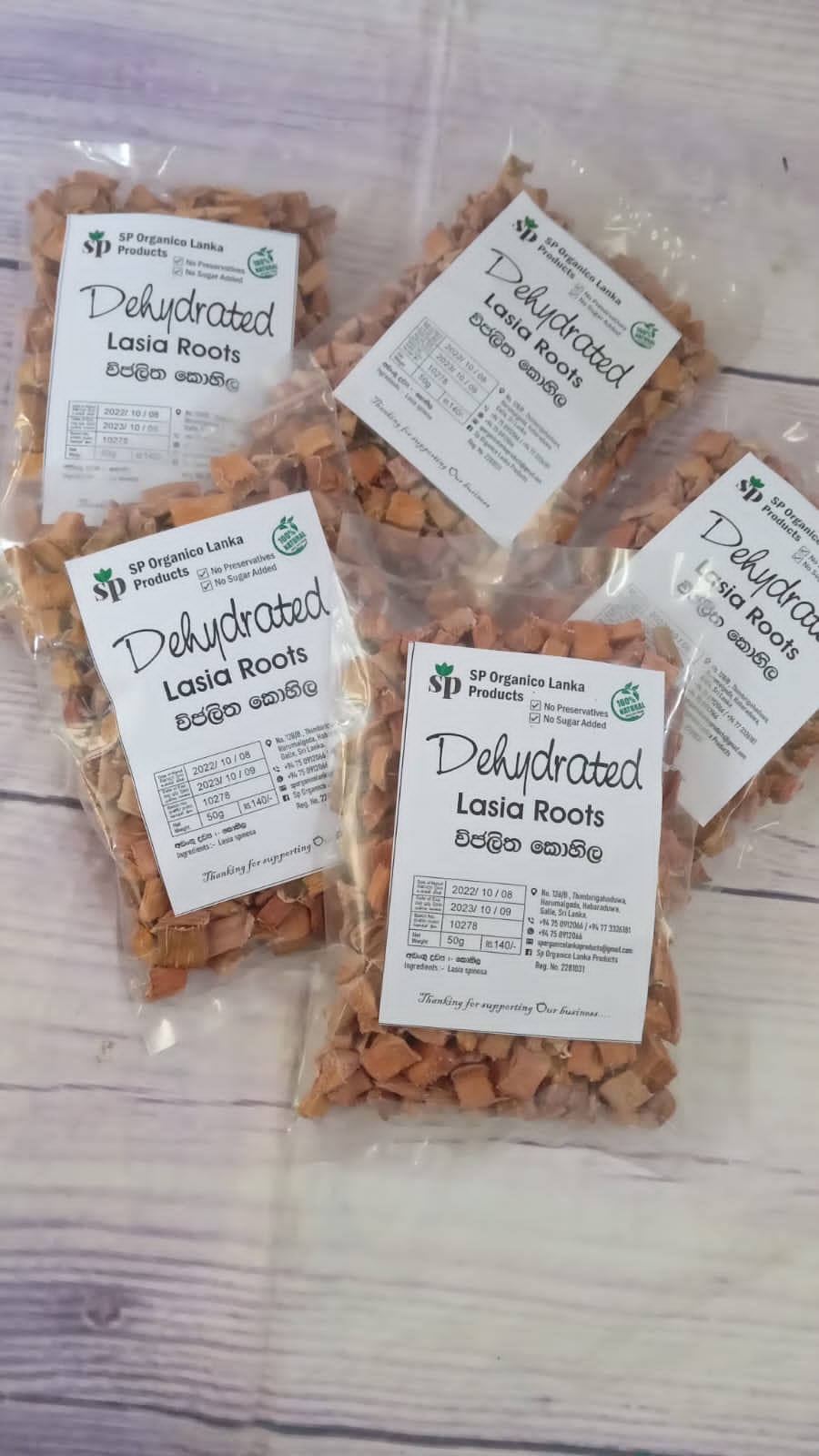
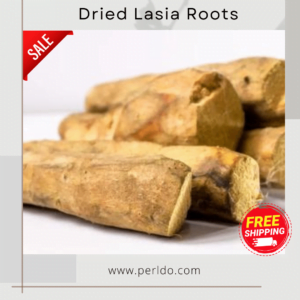

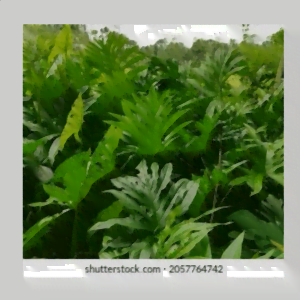
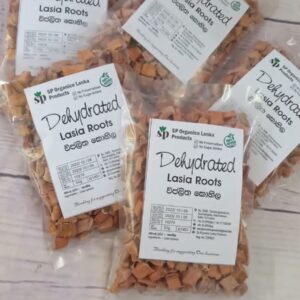
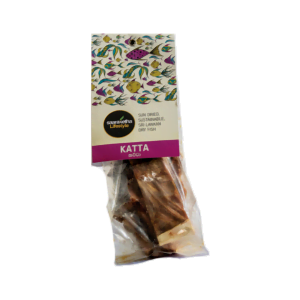



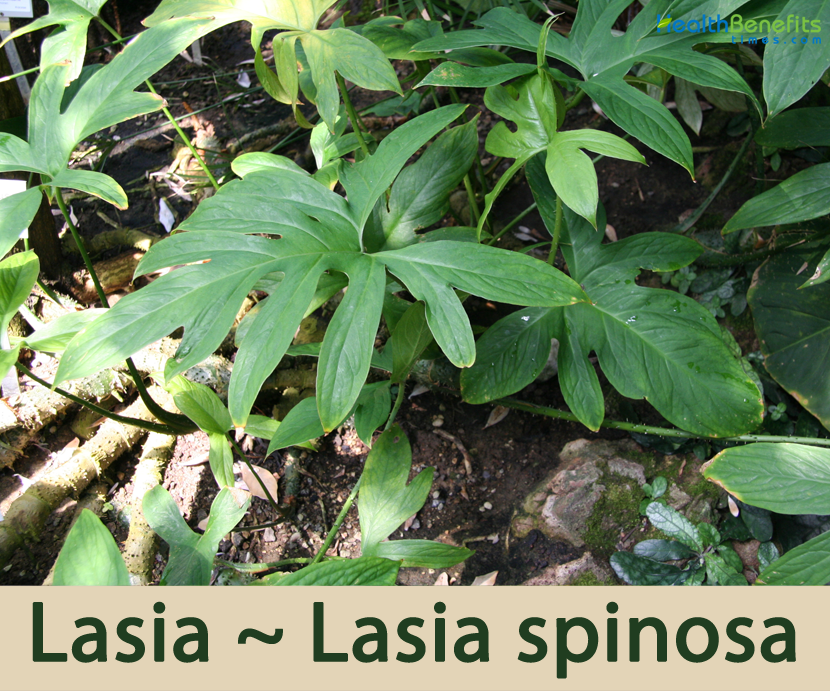
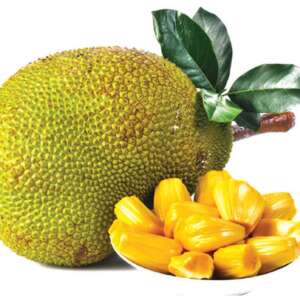


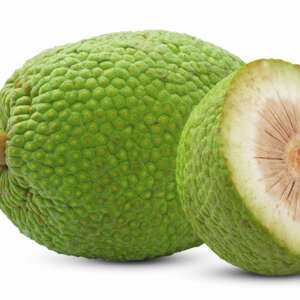


Reviews
There are no reviews yet.